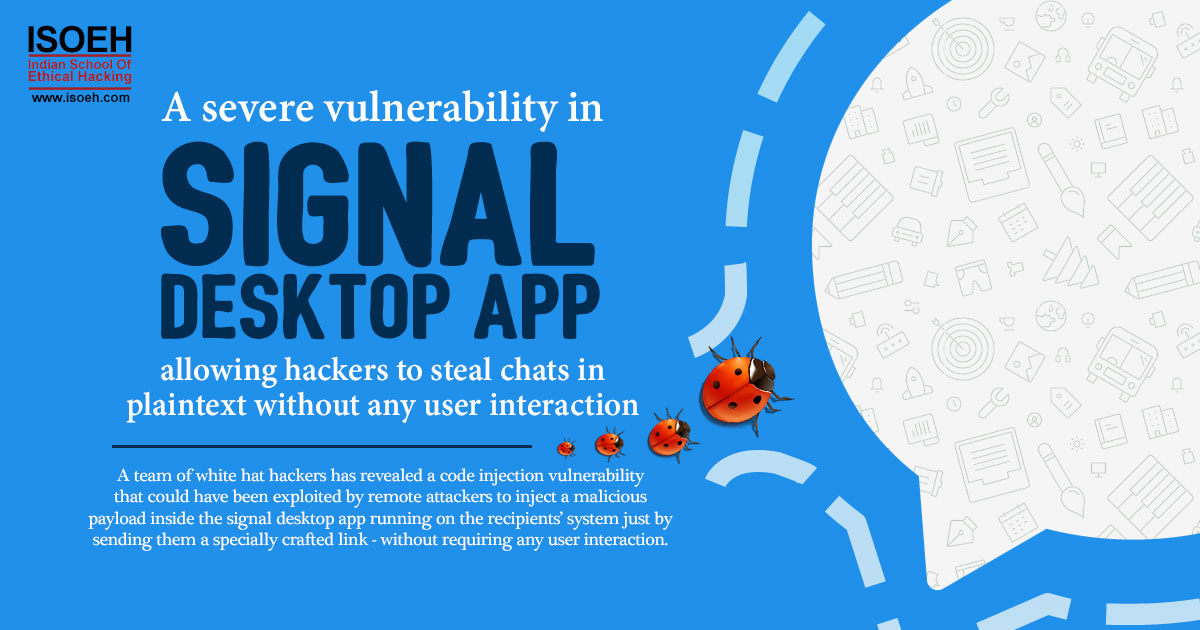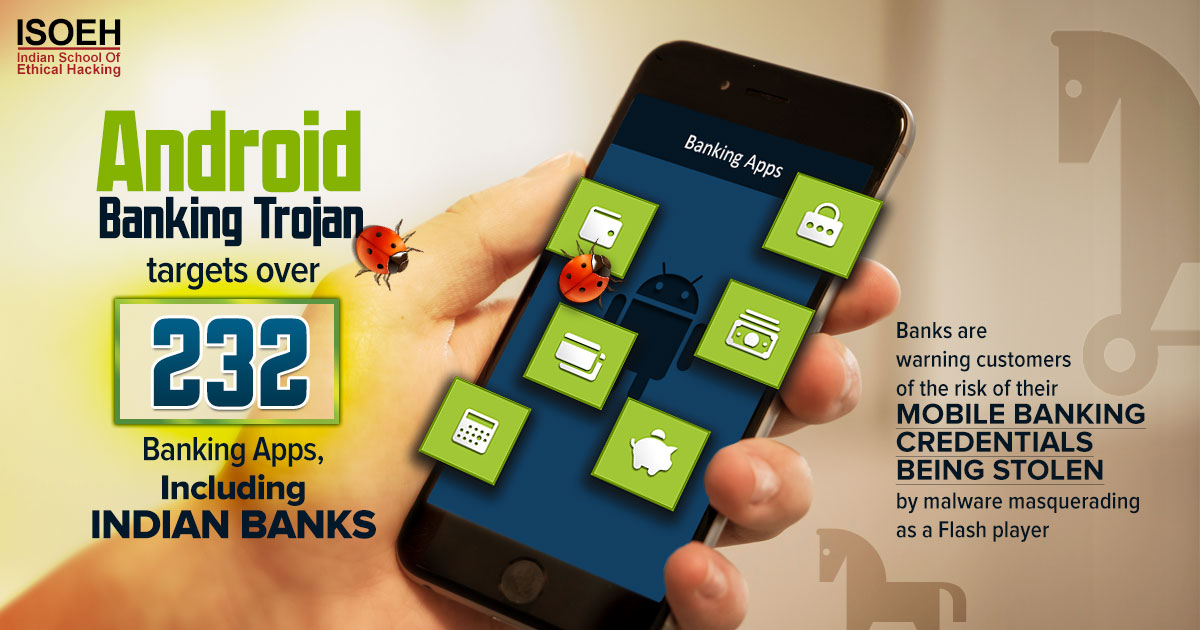
Penetration testing is also termed pen testing or ethical hacking. It describes the intentional setup of simulated cyberattacks that scan exploitable vulnerabilities in computer systems, networks, websites, and applications. Penetration testing is critical to evaluate the overall strength of your company’s defense against cyber criminals who especially target IoT devices.
IoT devices are omnipresent in our day-to-day lives—whether it’s at home with connected home automation devices, or at work with connected infrastructures and even connected cars. According to Gartner, there were over 30 billion IoT devices in 2021. As every business globally over the decade haschanged their business processes with more installed IoT-driven intelligence, these billions of connected devices have also become a keen target for cyber criminals. According to Nokia’s Threat Intelligence Lab report, in 2020 IoT devices are the reason for 32.72% of infections observed in mobile and Wi-Fi networks—up from 16.17% in 2019.
Key elements for attacks on the IoT:
With millions of bare endpoints, cyber fraudsters not only take advantage to launch distributed denial of service (DDoS) attacks on compromised devices, but also possess aconstant national security threat. Even the FBI has taken initiatives and practiced how to secure IoT devices to defend against cyber criminals targeting unsecured IoT devices. In newspapers, media, blogs, journals, and in many other authentic sources we have consistently seen that insufficient security capabilities, lack of real-time vulnerability patching, and lack of consumer awareness are the main drivers for repetitive attacks on IoT devices.
Why the need for penetration testing?
The Center for Internet Security, Inc. (CIS) has recommended best practices for protecting IT systems and data. For large organizations it is important to implement organizational CIS controls to focus on people and processes—and drive change, implementing an integrated plan to improve the organizational risk deportment.
CIS Control 20: Penetration Testing and Red Team Exercises is a well-defined method to execute organizational controls. These tests allow cyber security analysts to detect vulnerabilities and assess the overall strength of an organization’s defense by simulating the actions of acyber attacker. Often cybercriminals target software deployment vulnerabilities—such as configurations, policy management, and gaps in interactions among multiple threat detection tools to exploit security gaps.
First, IoT devices consist ofdifferent types of interfaces—web-based interfaces for consumers, or object interfaces for governance as code–a type of application such as control systems. Hence input validation, command injection, and code injection must be the primary focus area of penetration testing of IoT devices.
Second, the network infrastructure interconnecting IoT objects sometimesis vulnerable and for IoT devices on a single network, vitriolic attacks need only a single stunt to be successful. It is significant to use both automated tools and manual penetration testing methods to carry out complete specialized penetration testing on the network infrastructure, associated cryptographic schemes, and communication protocols.
Finally, it is crucial to scan proprietary programs which consist of the entire system architecture. Generally, eighty-four percent of proprietary programs contain at least one open-source vulnerability according to the sixth “Open-Source Security and Risk Analysis” (OSSRA) report. This represents huge heterogeneity and complexity in the codebases—hence it is important for experienced penetration testing professionals to use specialized tools and techniques to have an excellent full analysisreport of test types required for a comprehensive penetration test.
It is always important to build a comprehensive security defense structure with governance by code, policy management, and coaching team members to secure the entire software development life cycle (SDLC). As software installations become more frequent and more complex, penetration testing is thebest process for cyber security professionals to periodically test their defenses, identify gaps, and carry out remediation with the product development teams. By conducting polished penetration testing that includes diverse attack vectors such as wireless, client-based, and web application attacks, every organization can get deeper insights intothe business risks of these various vulnerabilities, enabling them to designapertinent defense structure that is fitted to their ecosystem.
Hacking Tools
Explore All Hacking Tools »
UFTP is an encrypted multicast file transfer program for secure, reliable & efficient transfer of files. It also helps in data distribution over a satellite link.
Read DetailsBreaking News
Breaking News Of Each Month »
The recent pandemic was unexpected and unknown to most part of the world. It has changed our life and we are slowly adapting to our new lifestyle. The risks associated with the new lifestyle, both personal & corporate, are unknown to most of us.
Read Details
















